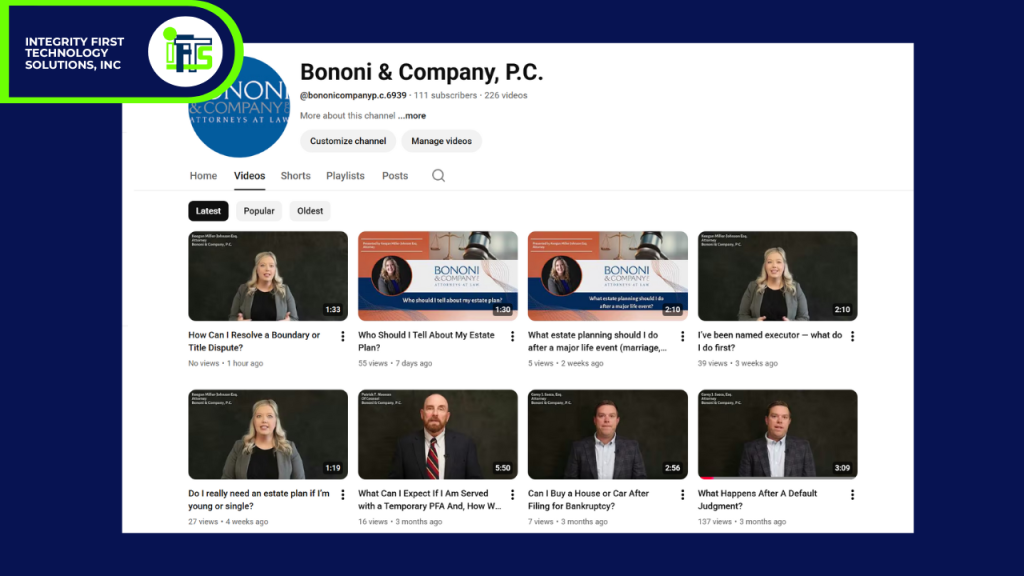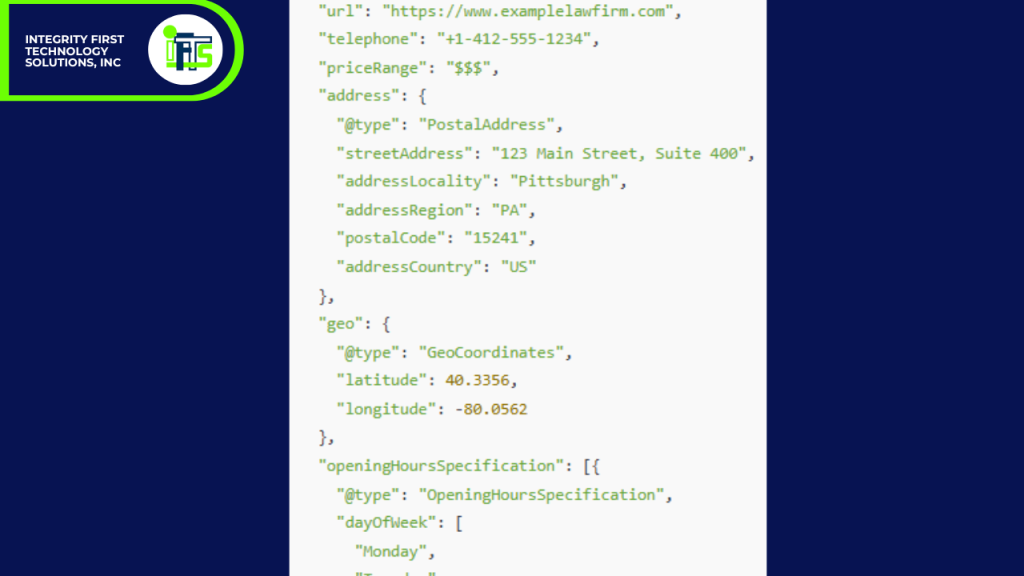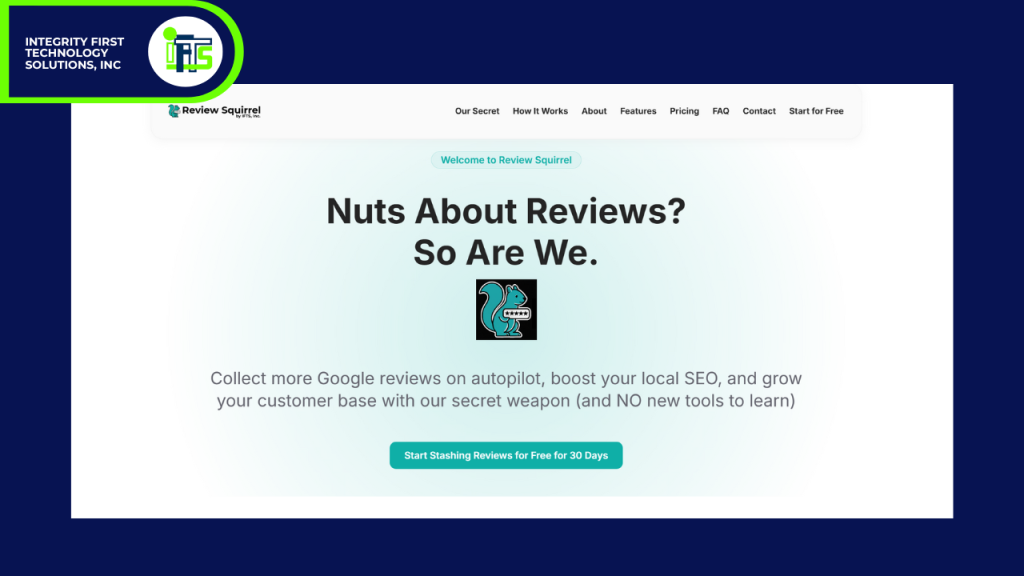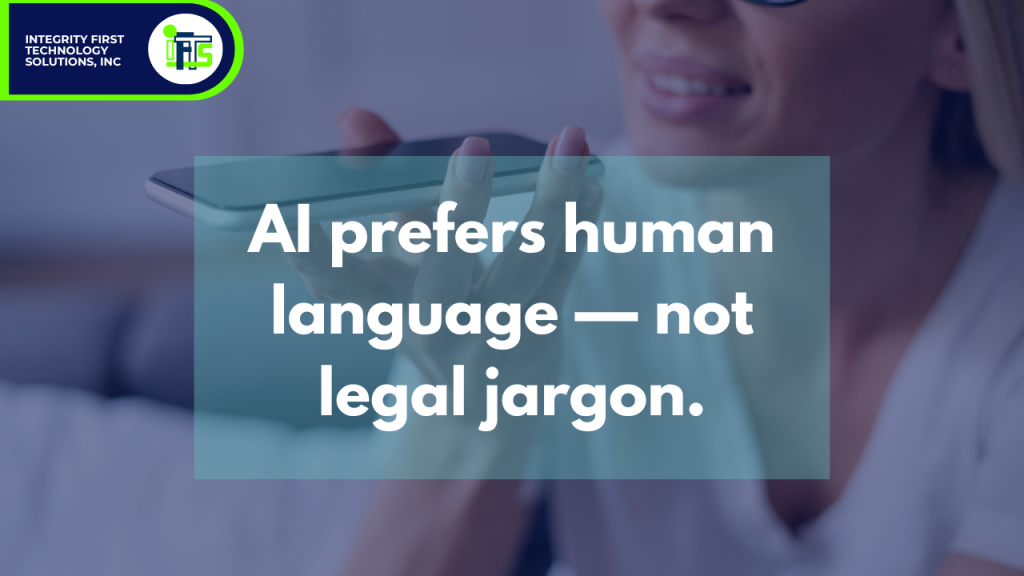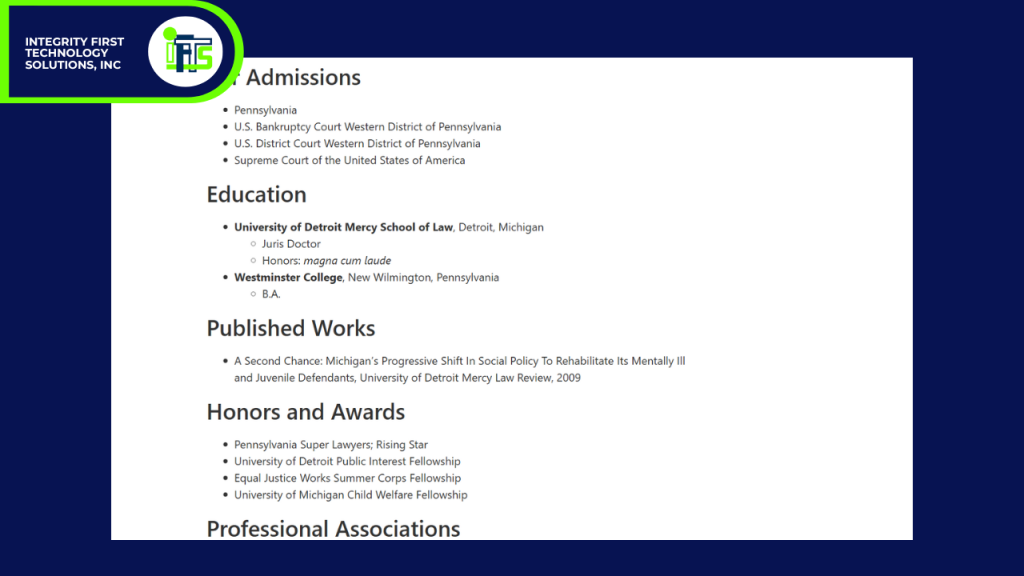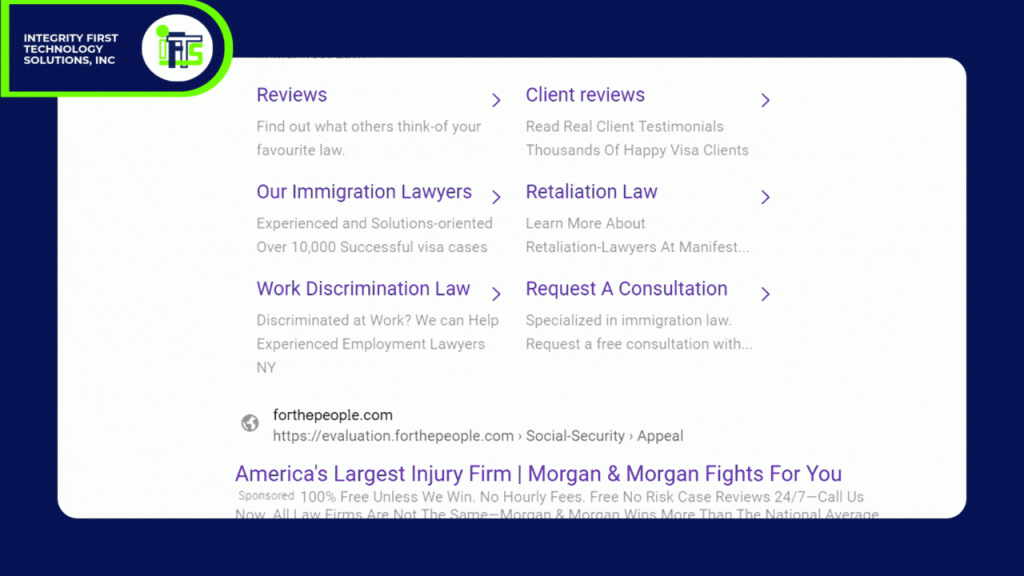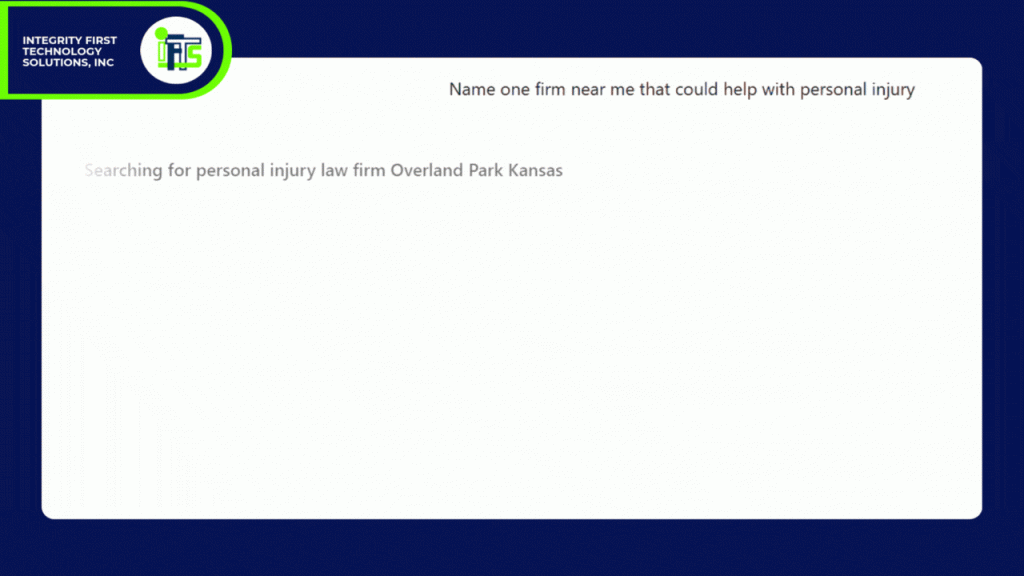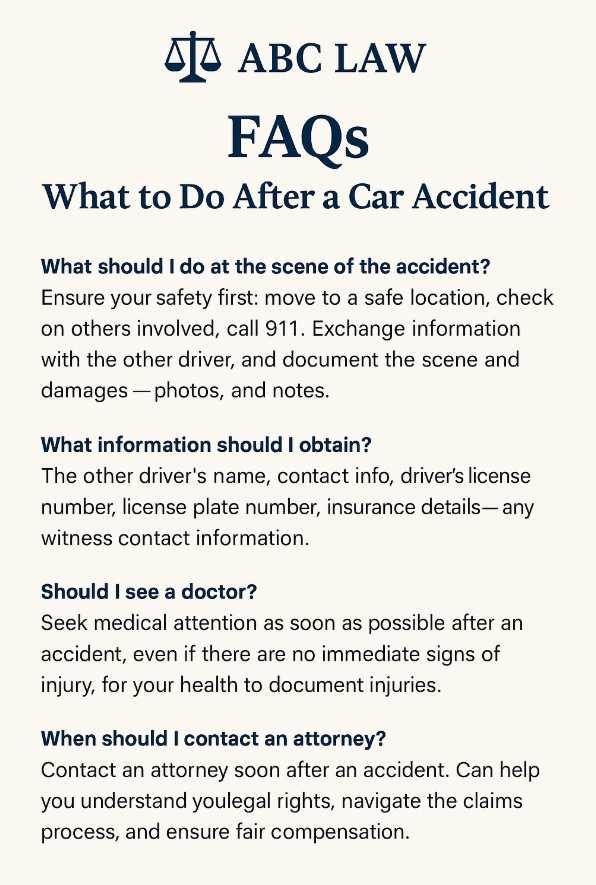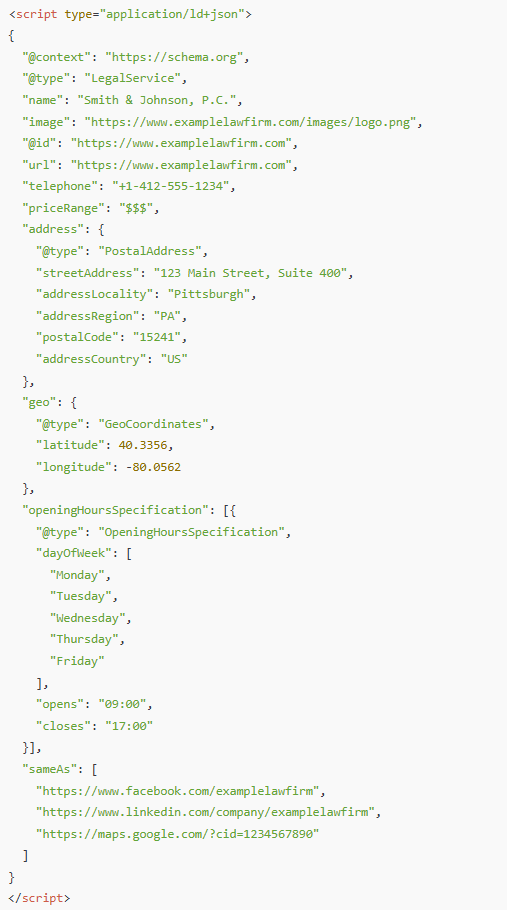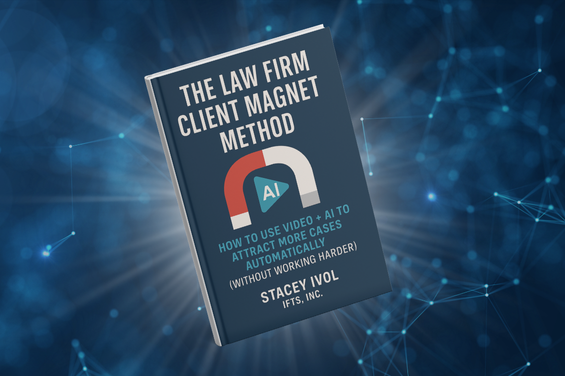If your law firm is still relying on traditional SEO alone to get more clients, you’re already falling behind.
Search is no longer about 10 blue links on page one of Google — it’s about being the single answer.
Thanks to the rise of AI tools like ChatGPT, Google Gemini, and Perplexity, consumers are no longer searching — they’re asking. And if your firm isn’t the one being recommended, then you’re effectively invisible.
This shift is called Answer Engine Optimization (AEO) — and it’s completely changing how law firms get found online.
In this article, you’ll get the 5-step AEO checklist we use to help law firms like yours earn AI recommendations over larger, more established competitors.
Even better?
You don’t need a technical background to implement most of these — just a commitment to showing up as the most helpful and trustworthy answer.
Why AEO Matters More Than Ever
Traditional SEO was about getting your site ranked in a list. You were one of many results.
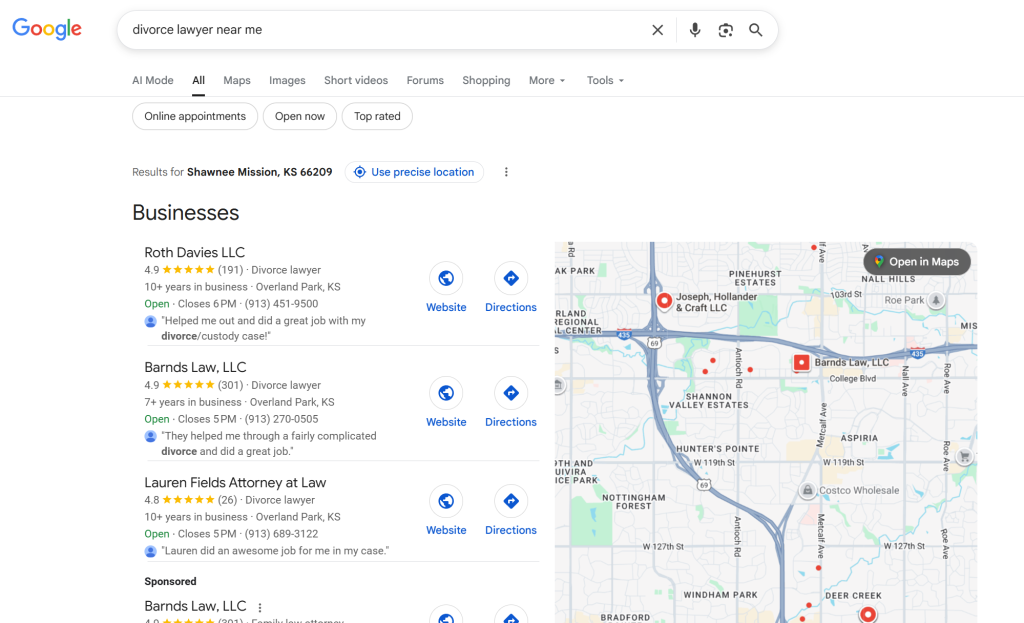
AEO is about becoming the only answer.
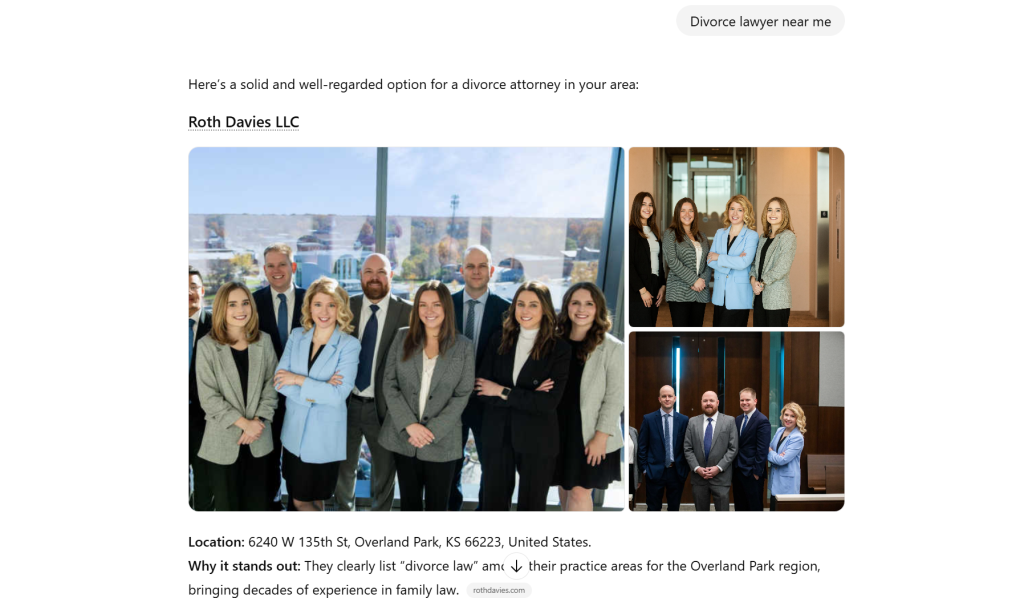
Here’s the difference:
- Old SEO: Compete for page 1. Hope someone clicks.
- New AEO: Be the one answer AI tools recommend. Get selected instantly.
Whether a client says, “Hey Siri, who’s the best divorce lawyer near me?”
or types “how long does a hit-and-run lawsuit take in Pennsylvania?” into Perplexity.ai
— the engine is no longer presenting a list. It’s presenting an answer.
Let’s make sure that answer is you.
The 5-Part AEO Checklist for IFTS Uses To Get Law Firms More Clients Online

Step 1. Add Schema Markup (a.k.a. Structured Data)
Problem: AI engines can’t “read” your website like a human. You have to tell them in a special way.
Our Solution: Schema markup tells them exactly who you are, what you do, and why you’re trustworthy in code they can read easily.
What to do:
- Add schema types to your website:
- Attorney
- LocalBusiness
- FAQPage
- Attorney
- Include fields like:
- Name, logo, phone, address
- Bar number
- Links to trusted directories (Avvo, Justia, Google Business Profile)
- Name, logo, phone, address
- Tools to help with implementation: TechnicalSEO.com, RankMath, Yoast, Schema Pro
Pro Tip: If your website is created in WordPress, a plugin can auto-generate this for each page — no coding needed.

Step 2. Write AI-Friendly FAQs for Your Website, Social Media and YouTube Channel
Problem: Most FAQ pages are generic, outdated, or written for humans — not machines.
Our Solution: Write short, specific, well-cited answers to local legal questions.
What to do:
- Add 5–10 FAQs per service area (e.g. personal injury, DUI, family law).
- Keep answers short and to the point
- Use natural language, like a client would ask.
- Cite laws, court rulings, or stats when possible.
Need inspiration?
- Use Google’s “People Also Ask” box.
- Check out AlsoAsked.com to find real-world phrasing.
- Check out answerthepublic.com
- Write down all of the questions that clients commonly ask you
Pro Tip: Answer one FAQ per page when possible. AI tends to pull from single-topic sources.
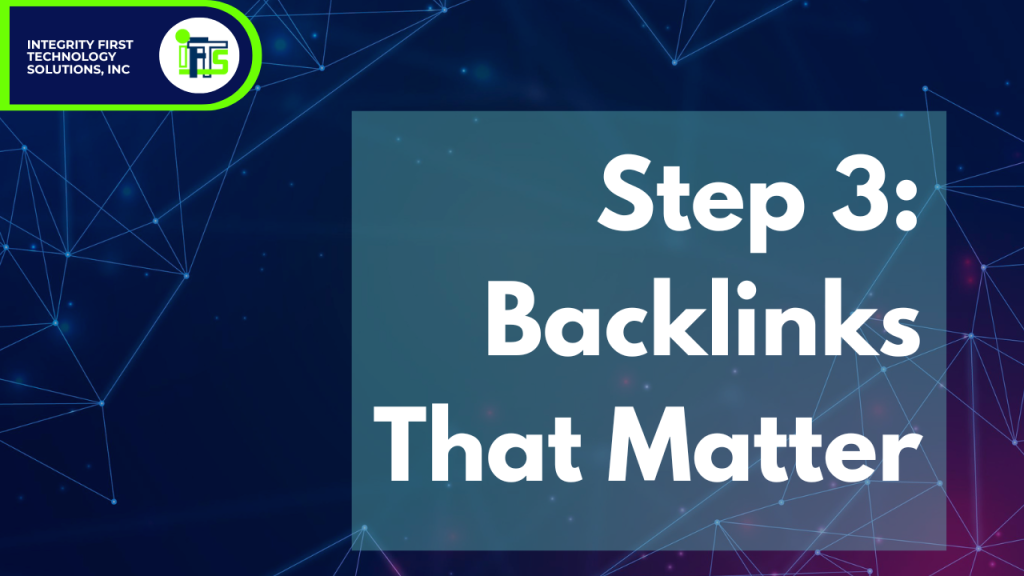
Step 3. Get Credible Backlinks (Trust Signals)
Problem: AI judges your credibility based on who links to your site — just like Google does.
Our Solution: Earn backlinks from authoritative legal and regional sources that attorneys can commonly be found within.
What to do:
- Submit your website and firm information to:
- State bar association directories
- Legal directories like Avvo, Justia, Martindale
- Local Chamber of Commerce or BNI groups
- Pitch legal blog articles or guest posts – include your website in the author bio paragraph
- Offer to speak at CLE events or law school panels (then ask for a bio link)
Pro Tip: One backlink from a legal site is better than 50 from general blogs.

Step 4. Create Author Pages or Bio Pages for Each Attorney
Problem: AI wants to know who is writing your content.
Our Solution: Showcase your attorneys as credible experts on your website (this builds E-E-A-T: Experience, Expertise, Authority, Trust).
What to do:
- Make sure every lawyer has a detailed bio page on your firm’s website.
- Information to Include:
- Headshot
- Credentials and bar affiliations
- Personal intro (humanizes your team)
- Links to their Avvo, LinkedIn, and Bar profiles
- List of authored articles and speaking events
- An intro video or two of that attorney
Pro Tip: If you’re posting vlogs, blogs or legal guides, include an author box linking back to that attorney’s profile.
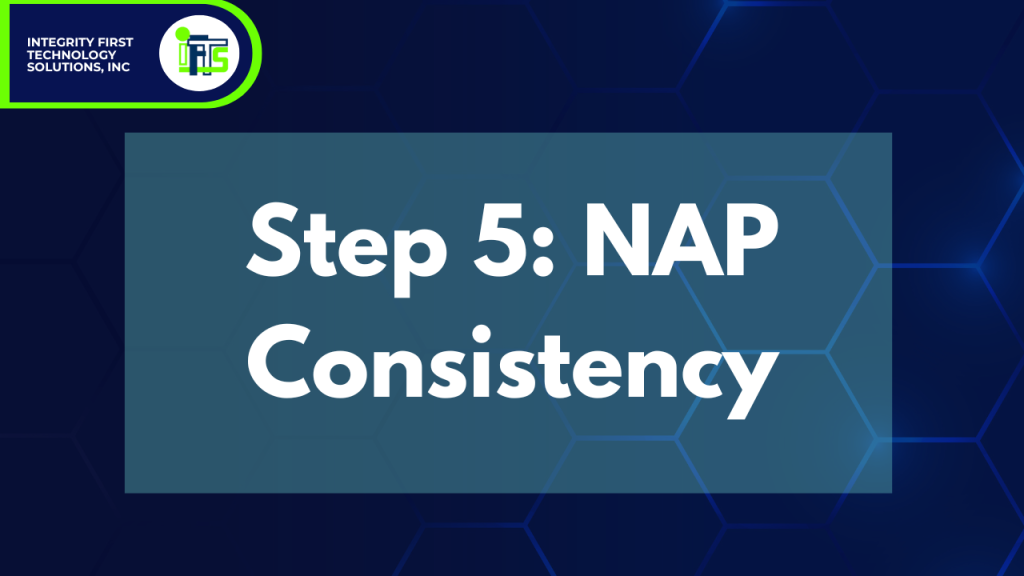
Step 5. Ensure NAP Consistency in Every Directory (Name, Address, Phone)
Problem: Even small inconsistencies (like “Rd.” vs “Road”) can confuse AI. So if your address differs from directory to directory, AI won’t know which is the correct information to return. Therefore, it won’t pick your firm to show as the answer.
Solution: Make your business info 100% consistent everywhere.
What to do:
- Audit your listings on:
- Google Business Profile
- Yelp
- Avvo
- Bing
- Use tools like BrightLocal or Moz Local to scan your NAP across 100+ directories.
- Match exactly on:
- Schema markup
- Website footer
- Contact page
- Online profiles
Pro Tip: If you’ve moved or changed phone numbers, update everywhere — or purchase a tool like BrightLocal to help.
Even Implementing 3 Out of 5 Tasks On This Checklist Can Move the Needle
The great thing about AEO is that it doesn’t reward the biggest budget — it rewards the most helpful, trusted, and structured firm.
If you implement even three of these five steps, you’ll start appearing more often when AI engines are asked legal questions in your area.
If you implement all five?
You stop being part of the list — and start becoming the only answer.
So, What’s Next With AEO?
In the next article (and video), we’ll break down exactly how answer engines like ChatGPT and Perplexity decide which legal content to trust — including what signals they use and how to earn them.
Want our full roadmap?
Download The Law Firm Client Magnet Method — a free resource showing how video + AI can transform your law firm’s marketing in 2025 and beyond.



